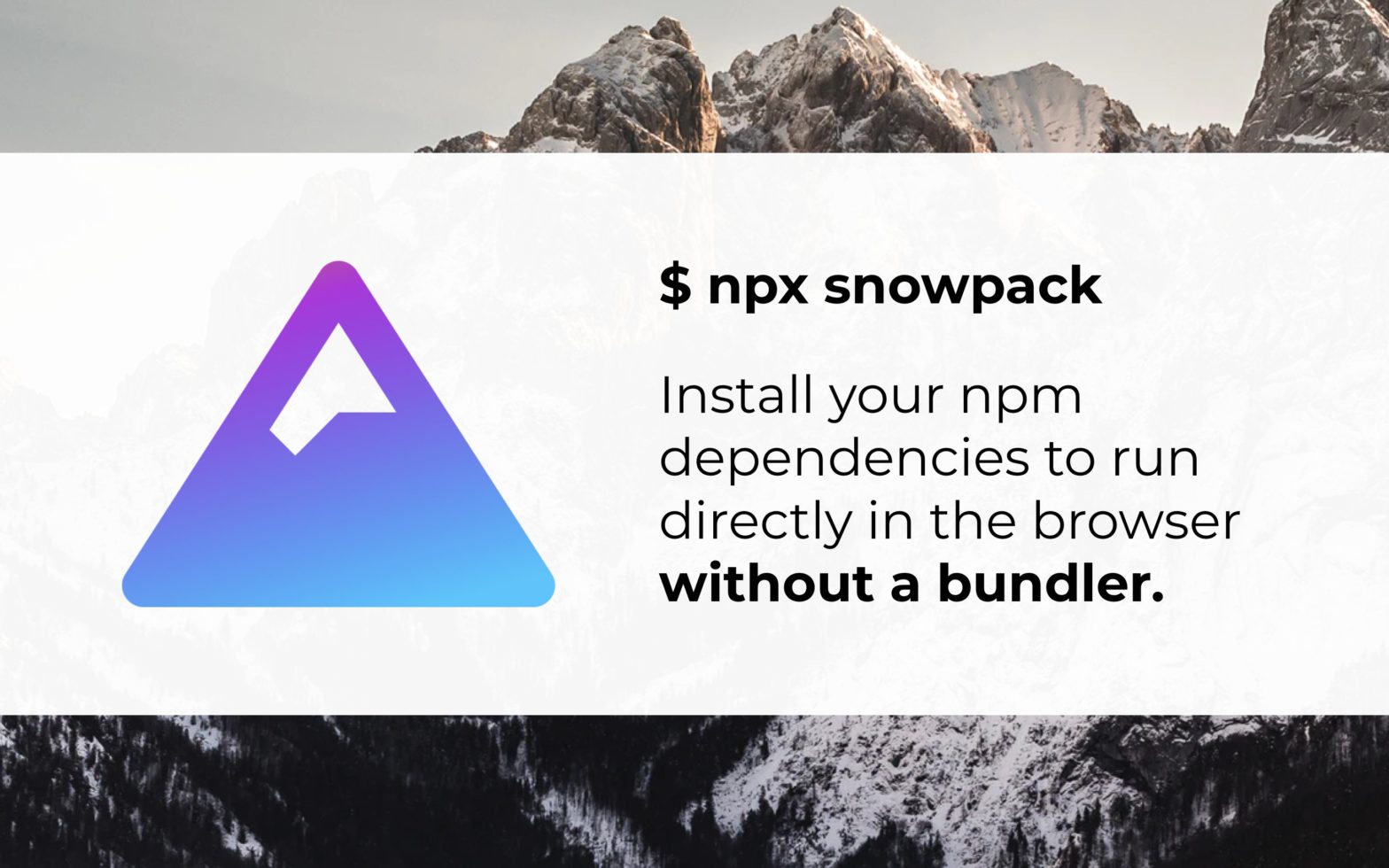
With Node 12 and up supporting ES Modules natively and Node 10 — the last version to not support it unflagged — going EOL, it’s time to start migrating your code to ES Modules. Aral Balkan took the time to convert his tool “Place” to embrace them and documented his work: Yesterday, I refactored Place, …


